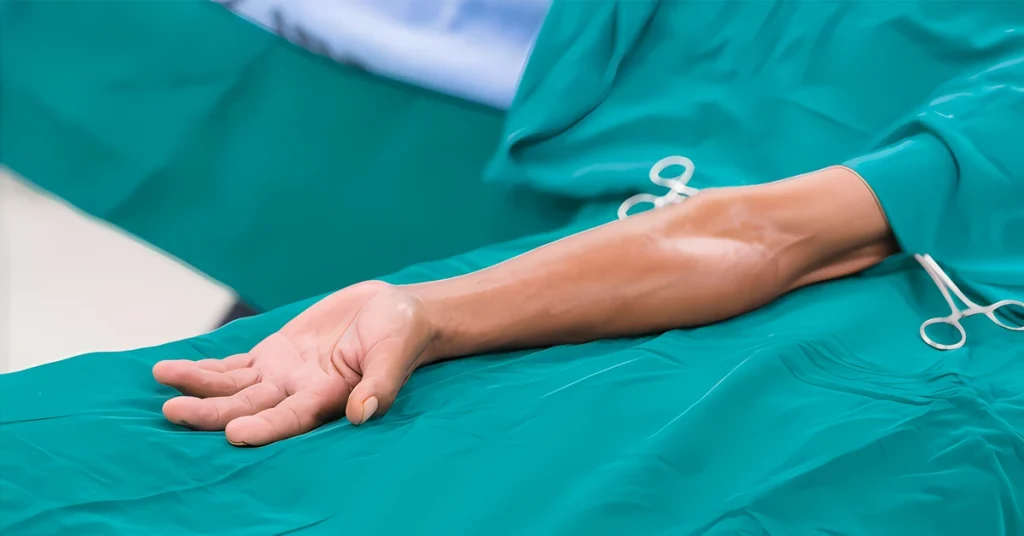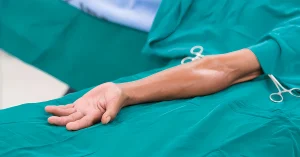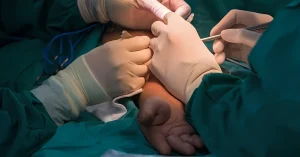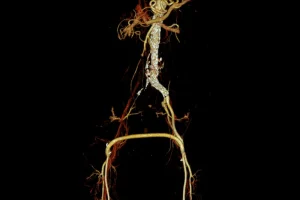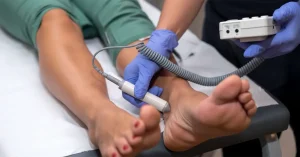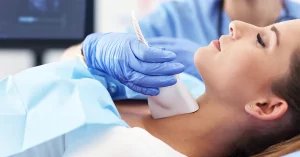What Is an Arteriovenous Fistula?
An arteriovenous fistula (AVF) is a surgically created connection between an artery and a vein, usually in the arm.
It is considered the best and most durable vascular access for patients who require hemodialysis (treatment for chronic kidney failure).
Why Is It Needed?
Patients with end-stage chronic kidney disease can no longer remove toxins and excess fluid from their bodies naturally.
Hemodialysis performs this function artificially, but it requires a stable vascular access through which blood can be drawn, filtered, and returned to the body.
The AVF is the ideal solution because it is:
- Durable – it can last for many years;
- Reliable – allows a high and steady blood flow;
- Low risk of infection compared to central venous catheters.
How Is the Fistula Created?
The procedure is usually simple and performed under local anesthesia. It is most often done on:
- The non-dominant arm (for right-handed people, it is created on the left arm);
- The forearm or elbow area.
The surgeon connects an artery (which carries blood from the heart) to a vein (which returns blood to the heart).
Over time, the vein becomes thicker and stronger, allowing the repeated insertion of dialysis needles.
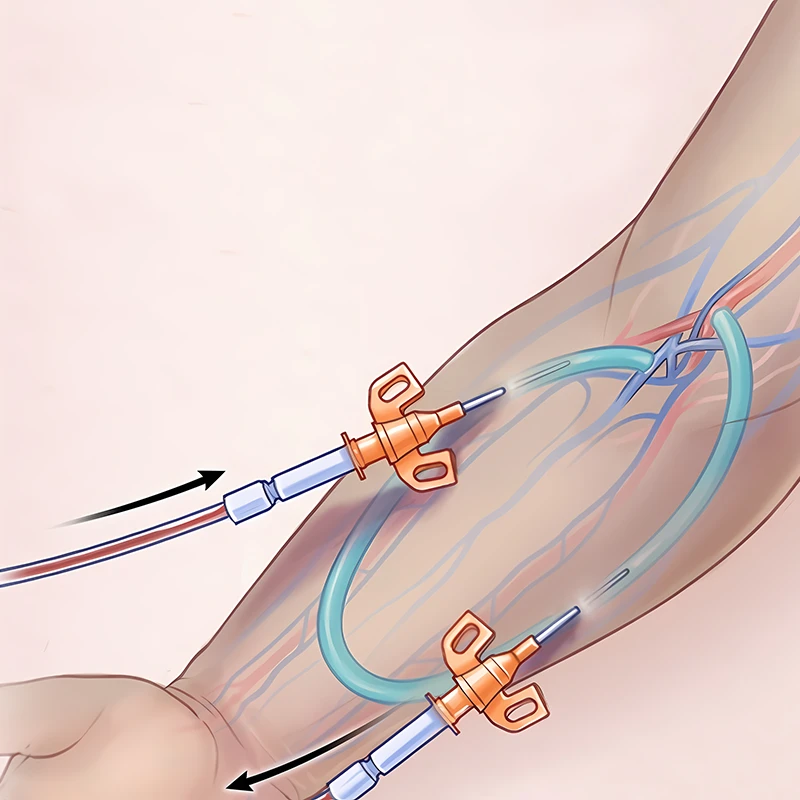
When Is It Recommended?
An AV fistula is indicated for:
- Patients with advanced chronic kidney disease;
- Those preparing for hemodialysis (ideally 6–8 weeks before starting treatment);
- Patients who require long-term dialysis.
Advantages of an Arteriovenous Fistula
- Long lifespan – may function for 5–10 years or more;
- Efficient blood flow – essential for effective dialysis;
- Fewer complications – lower rates of infection and thrombosis than catheters;
- Lower long-term costs.
Disadvantages and Risks
Like any surgical procedure, an AVF may involve some complications:
- Maturation time: it needs 4–8 weeks to “mature” before it can be used;
- Failure to mature: some fistulas never become functional;
- Stenosis (narrowing) or thrombosis (blood clots);
- Bleeding or local infection (rare);
- Aneurysm formation or vein dilation over time.
How to Care for the Fistula
Proper care is essential for long-term function:
- Check the pulse daily (a vibration called the “thrill” should be felt);
- Avoid taking blood pressure or blood draws on the arm with the fistula;
- Keep the area clean and protect it from trauma;
- Report immediately any bleeding, swelling, redness, or pain;
- Do not sleep on the arm with the fistula;
- Do not wear tight clothing or jewelry over the site.
What Happens If the Fistula Stops Working?
If the fistula closes, clots, or cannot be used, your medical team may recommend:
- Balloon angioplasty – to widen a narrowed area;
- Surgical revision – to repair or rebuild the fistula;
- Creating a new fistula in another location;
- Temporary catheter use until vascular access is restored.
Consultant physician: Prof. Dr. Jérôme Cau
Conclusion
An arteriovenous fistula is a vital element in the life of a dialysis patient.
With proper planning, care, and close collaboration with your medical team, it offers a safe and effective long-term access for treatment.
If your doctor has recommended a fistula or you are approaching the dialysis stage, discuss openly with your nephrologist and vascular surgeon to determine the best options for you.
Frequently Asked Questions
Does the fistula hurt?
Creating the fistula involves a minor surgery. After healing, it should not be painful.
You may feel a slight vibration at the site — this is a good sign.
Yes, with your doctor’s approval. Light exercises, such as squeezing a rubber ball, are even recommended after surgery to help the fistula mature.
Sometimes the vein may be slightly visible under the skin — this is normal.
If you notice swelling or redness, contact your doctor immediately.

